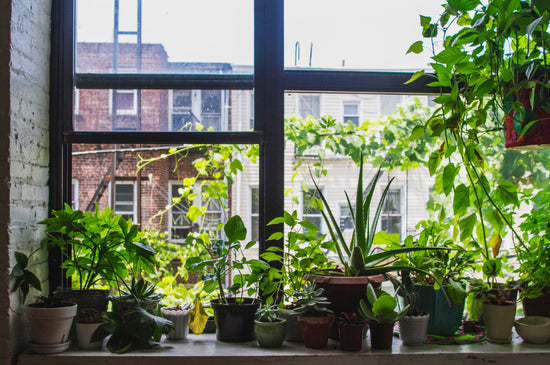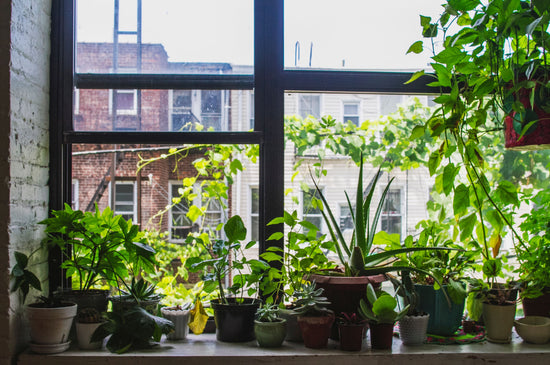10 Pro Tips for Growing Clematis Like a Master Gardener
Introduction: Unlock the Secret to Stunning Clematis Vines
Clematis vines are a gardener’s dream, combining vibrant flowers with versatile growth habits. Whether you're looking for a climbing vine to adorn a trellis or a groundcover to brighten up your garden, clematis is the perfect choice. Get started with the Clematis Variety Pack from Wekiva Foliage, offering an array of stunning options for your garden.
1. Choose the Right Clematis for Your Garden
Not all clematis are created equal. Consider your space, climate, and desired aesthetics.
- Clematis Montana is a fast-growing climber perfect for large spaces.
- Evergreen Clematis (Clematis Armandii) adds year-round greenery and spring flowers.
- For vibrant color, try Clematis Jackmanii with its deep purple blooms.
2. Master the Art of Planting
Proper planting is crucial for clematis success.
- Plant the crown 2–3 inches below the soil to protect it from temperature extremes.
- Provide well-draining, nutrient-rich soil and ensure the roots stay cool with mulch or groundcover.
3. Know Your Pruning Group
Clematis vines fall into three pruning categories:
- Group 1: Early bloomers like Clematis Montana need pruning after flowering.
- Group 2: Mid-season bloomers require light pruning in spring.
- Group 3: Late bloomers like Sweet Autumn Clematis should be cut back to 12 inches in late winter.
4. Provide Proper Support
Clematis vines thrive when given something to climb. Use trellises, arbors, or even fences to guide their growth. Compact varieties like Clematis Multi Blue are ideal for smaller spaces.
5. Water Wisely
Consistent moisture is key, especially during the growing season.
- Water deeply once a week, ensuring the soil remains moist but not soggy.
- Avoid wetting the foliage to prevent fungal diseases.
6. Feed for Maximum Blooms
Clematis are heavy feeders. Apply a balanced fertilizer in early spring and a phosphorus-rich blend before blooming. For premium blooms, consider rare varieties like Clematis Diamantina.
7. Protect Against Pests and Diseases
Clematis are relatively low-maintenance but can be affected by:
- Aphids and slugs: Use organic pest control methods.
- Clematis Wilt: Avoid overwatering and prune infected stems promptly.
8. Add Mulch and Groundcover
Keep the roots cool and hydrated by applying a layer of organic mulch around the base. Groundcover plants can also shade the soil while adding visual interest.
9. Experiment with Color Combinations
Pair clematis with complementary plants for dramatic effect:
- Clematis Candy Stripe with roses creates a romantic garden look.
- Combine White Clematis with vibrant yellow blooms for contrast.
10. Shop for Quality Plants
Start with healthy plants from reputable suppliers. Wekiva Foliage offers a variety of stunning clematis, including the Clematis Duchess of Cornwall for unique garden accents.
FAQ: Common Questions About Growing Clematis
1. What is the best time to plant clematis?
Early spring or fall is ideal for planting clematis vines.
2. How long does it take for clematis to bloom?
Most clematis take 2–3 years to reach their full blooming potential.
3. Can clematis grow in shaded areas?
Some varieties, like Clematis Armandii, thrive in partial shade, while most prefer full sun.
4. How do I prune clematis to encourage blooms?
Identify your clematis pruning group and follow the appropriate pruning schedule to maximize flowering.
5. Where can I buy quality clematis plants?
Visit Wekiva Foliage for a diverse selection of clematis vines and starter plants.





